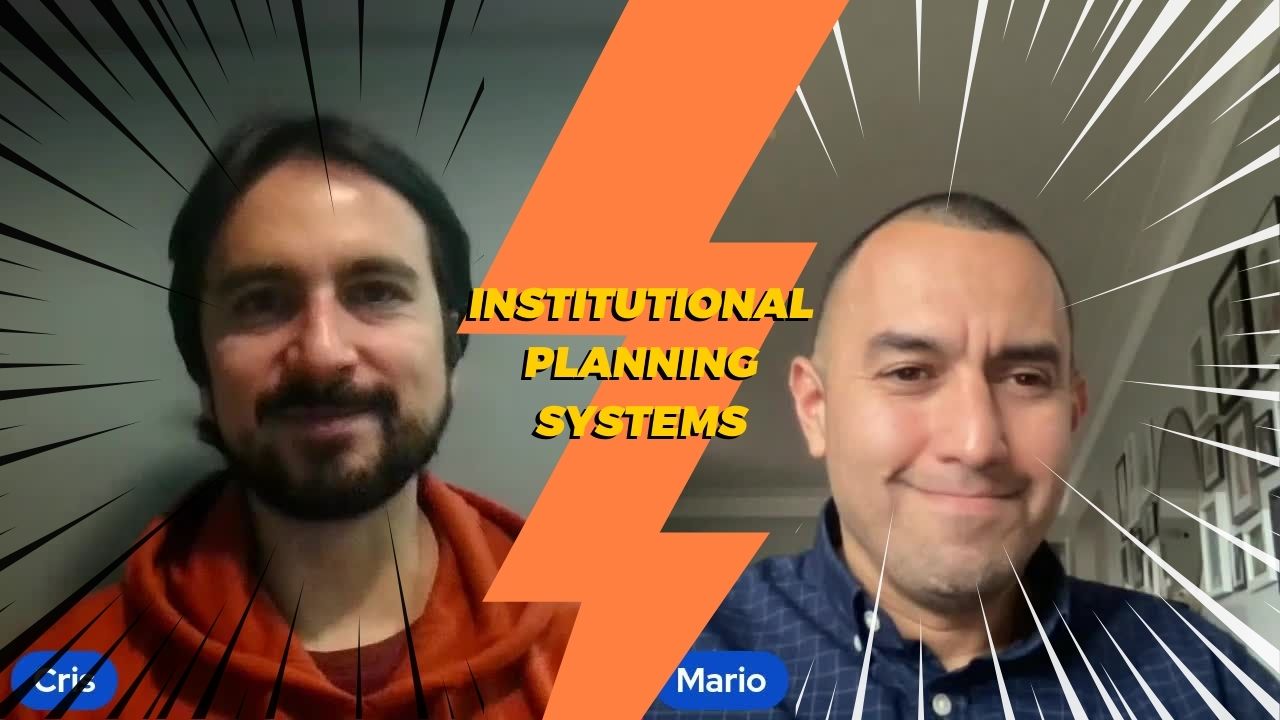
AI in Learning — Everything You Need To Know For the FINAL, NOVEMBER 29 Session
Got your free ticket yet? AI in Learning brings you the latest insights by those leading the transformation, a vibrant community, tons of resources and more.

Got your free ticket yet? AI in Learning brings you the latest insights by those leading the transformation, a vibrant community, tons of resources and more.

With the introduction of the Institutional Planning System, uPlanner seeks to not just establish a name in the competitive digital learning ecosystem, but to bring about a new era of
Los próximos 2 y 3 de junio Pentec -Samoo, empresa referente en el ámbito de la formación online, celebrará en Valencia, España, el E-learning Experience: III Encuentro de Innovación Educativa

Last November, Sakai, the most popular open source LMS from the U.S., held its annual conference where participants exchanged knowledge about pedagogy and best practices. The Sakai Conference, held online
[buzzsprout episode=’9872154′ player=’true’] You may think it hyperbole if I told you that the “F.A.T.E.” of Open Educational Resources lies on the shoulders of today’s guest. But it’s kinda true.
Set the date: November 3, 2021. FLASH PROMO: LMSPulse readers can get 100% off with the promo code ELM21 for the first 100 people who sign up. With a global
Coinciding with Nephila Web‘s first decade in business, the largest event about open source learning and technologies for Southeast Asia resumes, this time on the virtual realm. With a carefully

Disponible en Español We are counting the dates to one of our most exciting times of the year: The Elearning Success Summit. While year round we cover everything inside, out
Presented by the eLearning Success Summit 2.021 March April June July August September October November December 2022 March — Discrimination, Wildlife, Women, French Poetry Zero Discrimination Day unaids.org/en/2021_ZDD_campaign_end_inequalities 1. On
Artículo disponible en Español Colombia, a nation at the core of Latin America, is not unlike its neighbors in most social and economic aspects. Diverse, rich in resources, marked by



